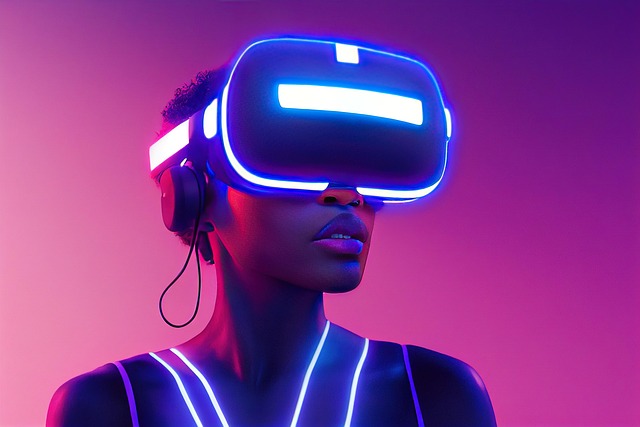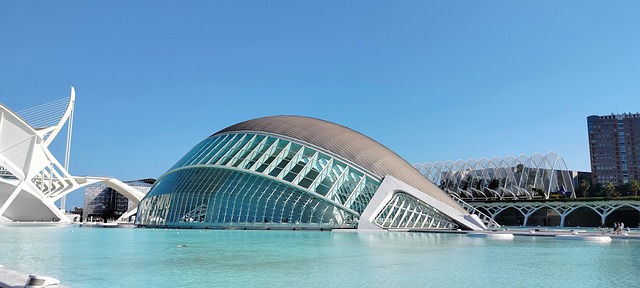In today’s fast-paced digital landscape, businesses are constantly searching for innovative ways to engage their audience. Enter immersive marketing, a paradigm shift that harnesses the power of Virtual Reality (VR), Augmented Reality (AR), and the Metaverse. These cutting-edge technologies offer brands a chance to transcend traditional advertising boundaries, creating experiences that captivate and connect with consumers on a deeper level.
Virtual Reality transports users to entirely different worlds. Imagine donning a VR headset and stepping into a lifelike simulation of a product showcase. Consumers can explore items in a meticulously crafted virtual environment, interacting with them as if they were real. This sensory-rich experience not only informs but also excites, giving potential customers a genuine feel for what they’re considering purchasing. Notably, brands like IKEA and Volvo have successfully employed VR to allow users to visualize their products in real-life settings.
Augmented Reality blurs the line between the digital and physical realms by overlaying digital information in the real world. With just a smartphone, consumers can use AR to see how a piece of furniture would look in their own living room or how a pair of shoes fits on their feet without ever stepping foot in a store. This technology provides the immediacy and interactivity consumers crave, allowing them to make more informed purchasing decisions while enjoying a unique and engaging experience. Companies like Sephora and L’Oréal are at the forefront of using AR to enhance customer engagement through virtual try-ons and makeovers.
The concept of the Metaverse takes immersive marketing to a grander scale. This virtual universe combines aspects of VR and AR, allowing users to socialize, shop, and even attend events in an accessible digital space. Brands are starting to explore the Metaverse for both marketing and community-building opportunities. From hosting virtual events to creating branded spaces where consumers can interact, the Metaverse provides a wealth of possibilities for businesses looking to break free from conventional marketing strategies.
As we dive deeper into the world of immersive marketing, the options for brands are practically limitless. The true essence of this marketing approach lies in its ability to foster a genuine connection with audiences. By offering a blend of entertainment, engagement, and information, brands can transform the way consumers interact with their products. Every click, every interaction, and every shared experience creates a lasting impression that resonates far beyond the initial engagement, paving the way for brand loyalty.
However, it’s essential for brands to approach immersive marketing thoughtfully. The key to success lies in understanding the target audience and crafting experiences that truly align with their desires and preferences. As technology continues to evolve, so will the expectations of consumers. Businesses must remain agile and adaptable, harnessing advancements in immersive technology to create meaningful, memorable experiences that captivate and inspire.
In an era where digital noise is ceaseless, immersive marketing stands out as a beacon of creativity and innovation. Brands that embrace these new technologies not only vie for attention but also invite consumers to become part of their narrative. As the lines between the physical and digital worlds continue to blur, it’s an exhilarating time for marketing, where imagination knows no bounds.



